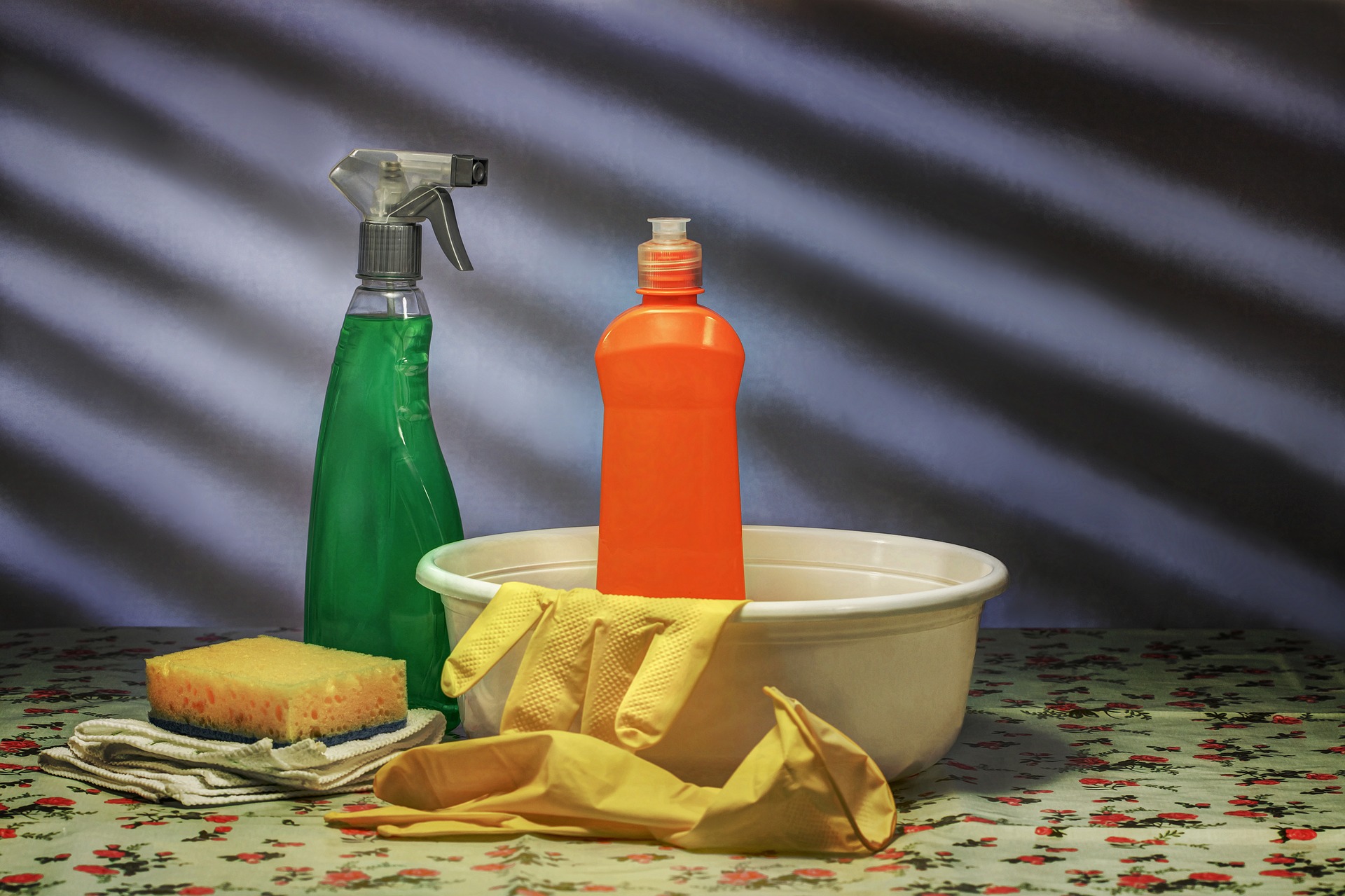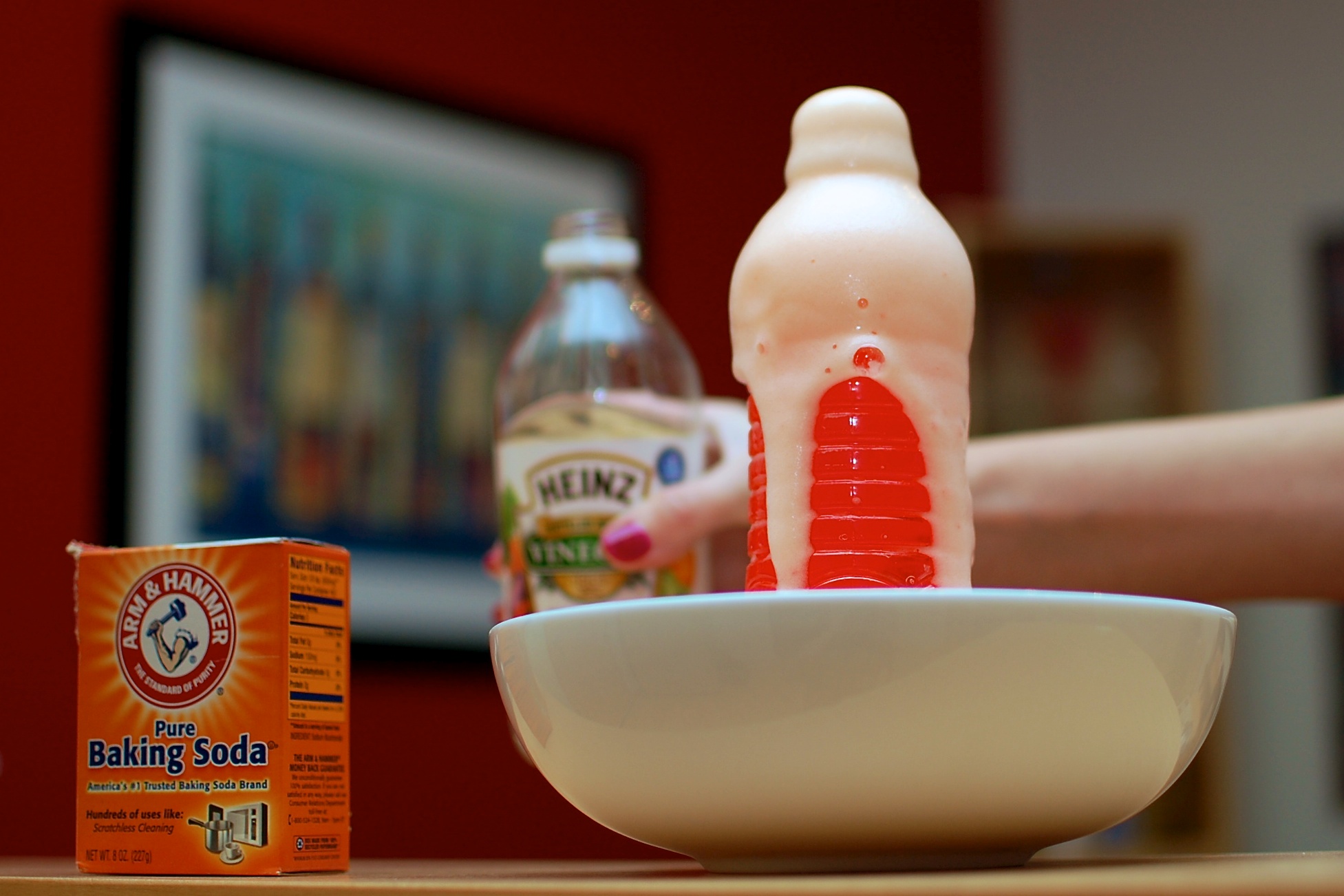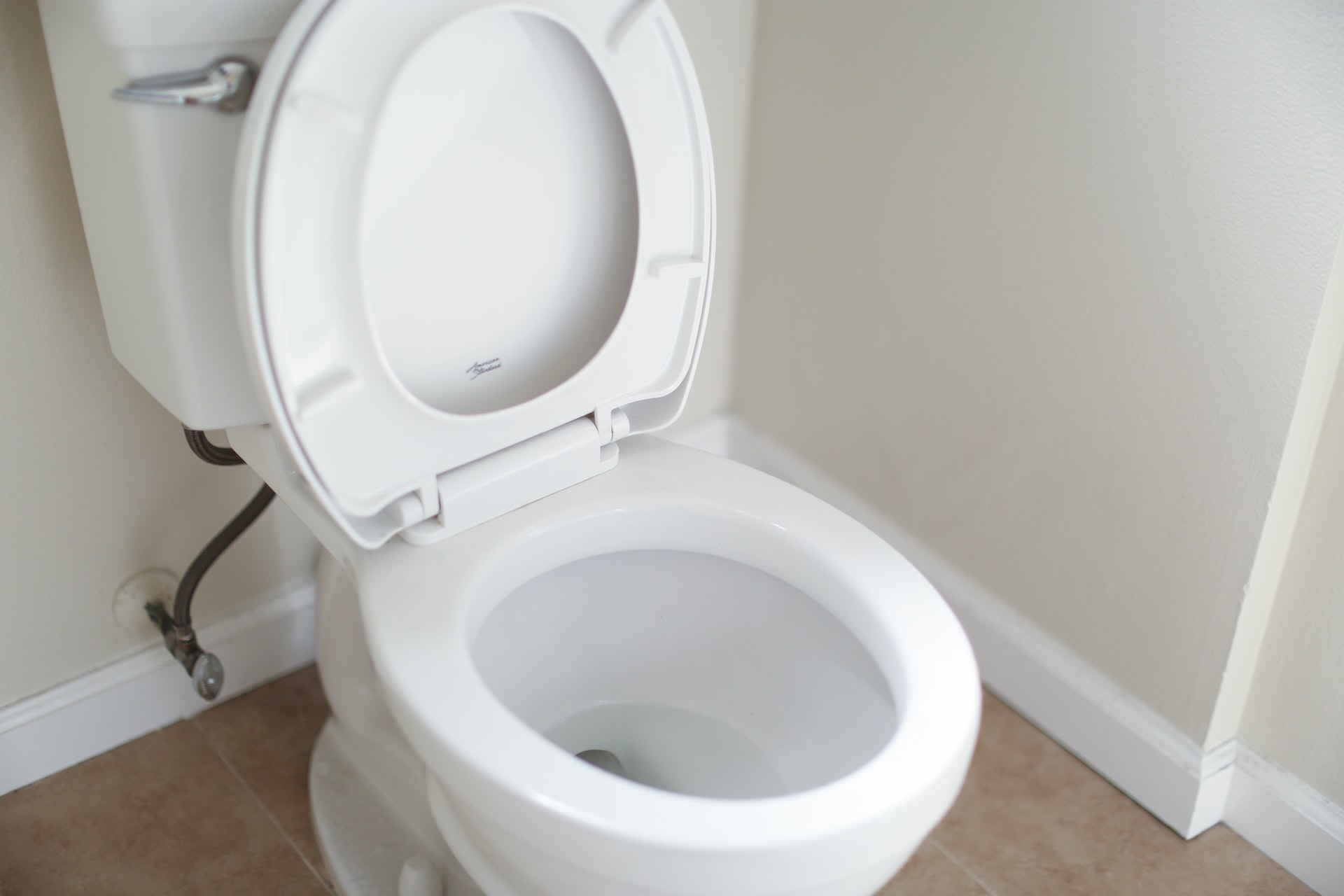Unclogging a toilet that’s connected to a septic tank can be quite challenging because you can’t resort to chemical clog removers like Green Gobbler or Drano Max Gel, as these chemicals can kill the enzymes and bacteria in your septic system that help in breaking down the waste. Some of these chemicals are so overly powerful that they can actually damage your septic system.
So, if you can’t make use of drain cleaners and chemical clog removers, how exactly do you go about unclogging your septic tank toilet? Ideally, you should phone a licensed plumbing service to check and service your toilet as well as your septic system in general, but before you do that, there are a few simple solutions that you ought to try first. One of them is highly likely to work.
Toilet Plunger
The first tried-and-true method to unclogging your septic toilet is to use a toilet plunger. Now, it’s important to understand that not all plungers are built the same. Some plungers are intended for sinks, whereas others are intended only for toilets. A toilet plunger doesn’t have flat bottoms like a sink plunger, and it’s equipped with a flange that fits perfectly into the toilet’s bowl shape.
The bottom line is that you shouldn’t use a sink plunger on your toilet and expect it to work. You need to use the right plunger. Now, there are plungers that can be used for sinks and toilets, so if you have one of those, go right ahead. Such plungers tend to have a flange that folds into the rubbery plunging cup. All you have to do now is grab a pair of gloves and let’s get to work.
Before you begin plunging, make sure you cover your bathroom with old newspapers. Now, you need to cover the mouth of the P-trap using the plunger and make sure it’s tightly sealed. Press the plunger down once. This will help release the air that’s trapped in the plunger’s dome. Right after, with force, start pushing the plunger down multiple times without compromising the seal.
After pushing the plunger a few times aggressively, pull it up swiftly to break the seal. The water should start flowing down the drain, which then means that your toilet is unclogged. If this didn’t work, you should try repeating the process a couple of times more before moving on to the next method. Sometimes a clog can be so persistent that a few plunged just aren’t enough to clear it.
Plumbing Snakes/Augers
If using a toilet plunger was to no avail, you should consider using a plumbing snake or auger. If you don’t already own one, head to your nearest home improvement or hardware store and pick an auger that meets your requirements. Budget-friendly snakes/augers will get the job done, but you’ll be running the risk of scratching your toilet bowl, so make sure you buy a quality unit.
Assuming you now have a plumbing snake handy, begin uncoiling the wire end and place it into the toilet. Start extending the auger until it reaches the clogged area, and then start twisting and turning the snake until the water clogged in your toilet bowl begins to drain. Similar to using the toilet plunger, if the toilet doesn’t unclog, keep trying a few more times before moving on.
Dishwashing Detergent & Hot Water

Like we already mentioned, you want to steer clear of any chemical uncloggers, as they can be fairly damaging your septic system. There are, however, some homemade alternatives that you can try if the two above-mentioned methods fail to unclog your toilet. Firstly, grab a teaspoon of dishwashing detergent and pour it into the bowl. One teaspoon is enough, don’t go overboard.
From there, you want to leave your toilet bowl the way it is for 10-15 minutes. As you’re waiting, start heating a couple of gallons of water almost to a boil. Please note that the water should be heated under the boiling temperature of water (212°F), as boiling water can actually damage or crack your toilet bowl. Now, start pouring the heated water into the toilet from waist height.
Don’t get too close to the bowl as you’re pouring the water because you need the pouring to be considerably forceful so that it pushes the clog downward, which is why we advise pouring from waist height. You want to be careful with this approach because it may result in the overflowing of the bowl. This is a method that you need to employ several times in order to see results.
Baking Soda & Acidic Liquid

Another tried-and-trusted homemade method to unclogging your toilet is to mix baking soda with any acidic liquid, preferably white vinegar as it features remarkable cleaning properties. You can use lemon juice as an alternative, but it won’t be as effective as if you utilize vinegar. Before you pour baking soda into your toilet bowl, you water to scoop out some of the water in the bowl.
Next, pour an amount of baking soda that equates to around half a box and then slowly pour an entire bottle of vinegar on the baking soda, which will initiate a bubbling chemical reaction. Now, let the chemical reaction do its magic for about 30 minutes. As you’re waiting, you want to have a couple of gallons of water heated to below the boiling point and then pour it into the toilet.
Final Thoughts
We’re confident that one of the above-listed approaches will help you unclog your septic toilet. If none of them work, however, you’ll need to contact a licensed plumber because the clog may be present further down the drainage system or one of the sewer line pipes could be breached.



